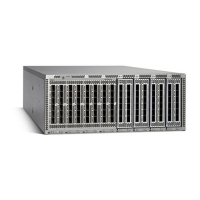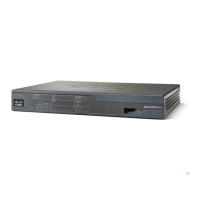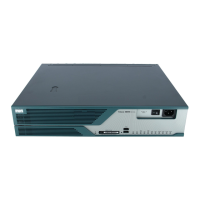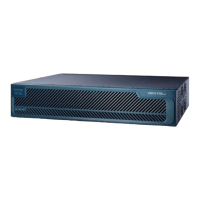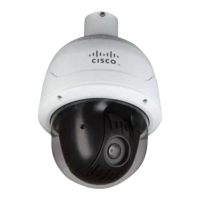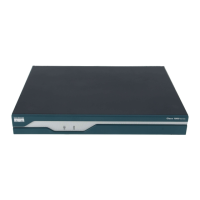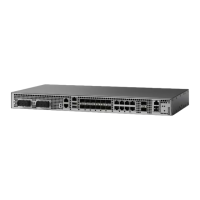Table 4: Fast Ethernet Default Configuration Values
Default ValueConfiguration File EntryParameter
offmac-accountingMAC accounting
Auto-negotiates duplex operationduplex full
duplex half
Duplex operation
1500 bytesmtuMTU
100 MbpsspeedInterface speed
disablenegotiation autoAuto-negotiation
Layer 2 VPN on Ethernet Interfaces
Layer 2 Virtual Private Network (L2VPN) connections emulate the behavior of a LAN across an L2 switched,
IP or MPLS-enabled IP network, allowing Ethernet devices to communicate with each other as if they were
connected to a common LAN segment.
Traffic from the customer travels over this link to the edge of the SP core network. The traffic then tunnels
through an L2VPN over the SP core network to another edge router. The edge router sends the traffic down
another attachment circuit (AC) to the customer's remote site.
The L2VPN feature enables users to implement different types of end-to-end services.
Cisco IOS XR software supports a point-to-point end-to-end service, where two Ethernet circuits are connected
together. An L2VPN Ethernet port can operate in one of two modes:
• Port Mode—In this mode, all packets reaching the port are sent over the PW (pseudowire), regardless
of any VLAN tags that are present on the packets. In VLAN mode, the configuration is performed under
the l2transport configuration mode.
• VLAN Mode—Each VLAN on a CE (customer edge) or access network to PE (provider edge) link can
be configured as a separate L2VPN connection (using either VC type 4 or VC type 5). In VLAN mode,
the configuration is performed under the individual subinterface.
Switching can take place in three ways:
• AC-to-PW—Traffic reaching the PE is tunneled over a PW (and conversely, traffic arriving over the PW
is sent out over the AC). This is the most common scenario.
• Local switching—Traffic arriving on one AC is immediately sent out of another AC without passing
through a pseudowire.
• PW stitching—Traffic arriving on a PW is not sent to an AC, but is sent back into the core over another
PW.
Keep the following in mind when configuring L2VPN on an Ethernet interface:
• L2VPN links support QoS (Quality of Service) and MTU (maximum transmission unit) configuration.
• If your network requires that packets are transported transparently, you may need to modify the packet’s
destination MAC (Media Access Control) address at the edge of the Service Provider (SP) network. This
prevents the packet from being consumed by the devices in the network.
Use the show interfaces command to display AC and PW information.
Interface and Hardware Component Configuration Guide for Cisco NCS 6000 Series Routers, IOS XR Release 6.4.x
25
Configuring Ethernet Interfaces
Layer 2 VPN on Ethernet Interfaces

